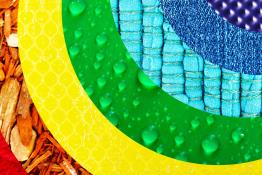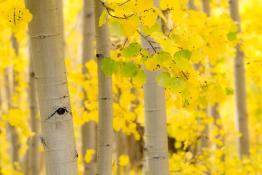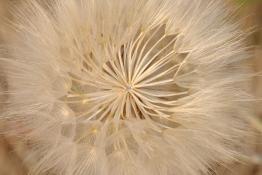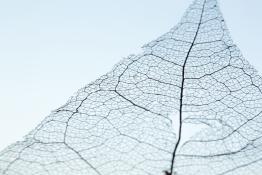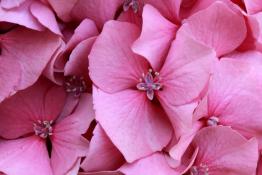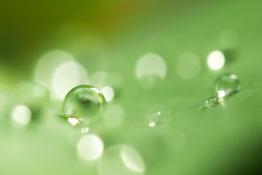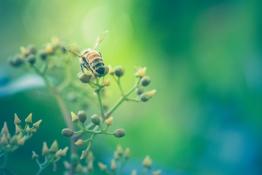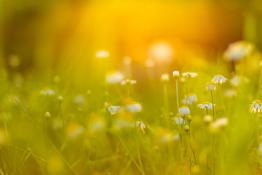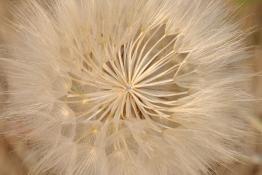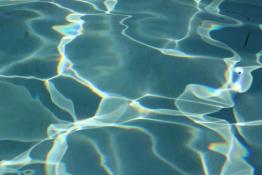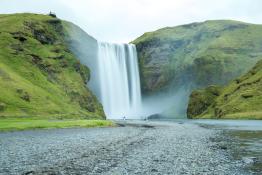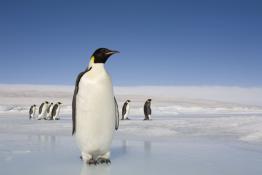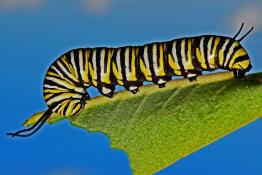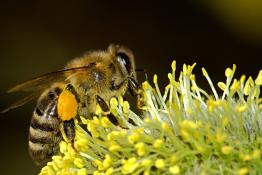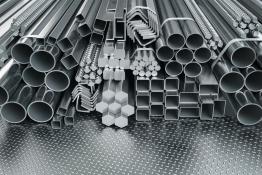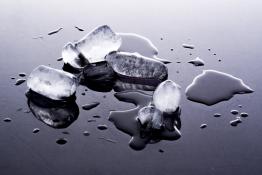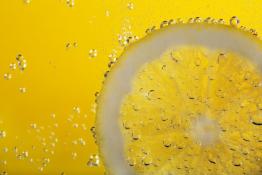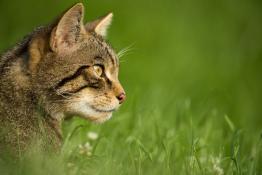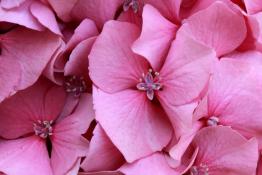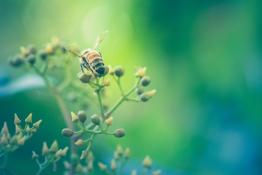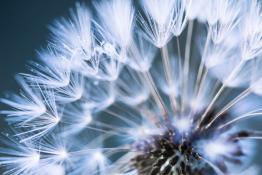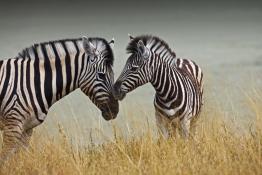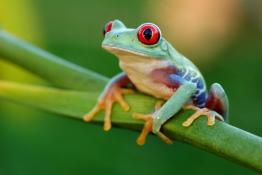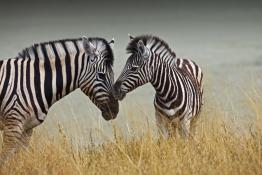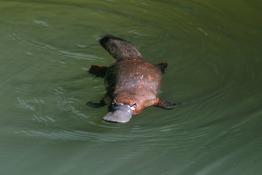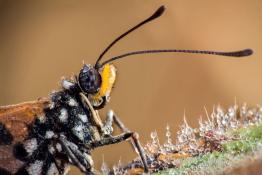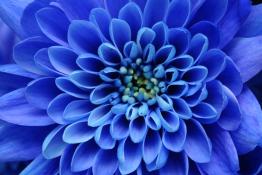Primary Remote Learning Resources

The key learning objectives are aligned to the National Curriculum for England, however, the topics chosen are relevant to learners across the UK:
(Age 5-6) - Materials - Four activities in one lesson document / Plants - Seven activities in one lesson document
(Age 6-7) - Materials - Five activities in one lesson document / Plants - Six activities in one lesson document
(Age 7-8) - Light - Six lesson plans / Plants - Five lesson plans
(Age 8-9) - Living things and their habitats - Five lesson plans / States of matter - Six lesson plans
(Age 9-10) - Living things and their habitats - Five lesson plans / Properties and changes of materials - Six lesson plans
(Age 10-11) - Living things and their habitats - Six lesson plans / Light - Four lesson plans
Each lesson is presented as a editable PowerPoint document featuring guidance for teachers/ home educators, explanations of key concepts, suggested activities for pupils and examples of possible learning outcomes. There is also an overview document for each topic, to show how the lessons are sequenced.
These resources were created by members of the ASE in response to the school closures during the coronavirus pandemic but can be be adapted for use in the classroom or for pupils learning from home. Please note, while at the time every effort was made to ensure the links were relevant to the learning, the ASE can make no guarantees about the on-going accuracy of the content or its continued availability.
The writing team comprised: Lucy Wood (co-ordinator), David Church, Carla Wallington, Naomi Hiscock, Nicola Beverley, Kulvinder Johal, Jenny Watson and Lizzie Wood (illustrator).
To give a more detailed view of how the resources have been used, and how they can be adapted for lessons in schools, Lucy and Carla wrote an article for Primary Science in Jan/Feb 2021 (Issue 166). You can see the article here: https://www.ase.org.uk/resources/primary-science/issue-166/ase-primary-science-lessons-home-and-school-learning-response

